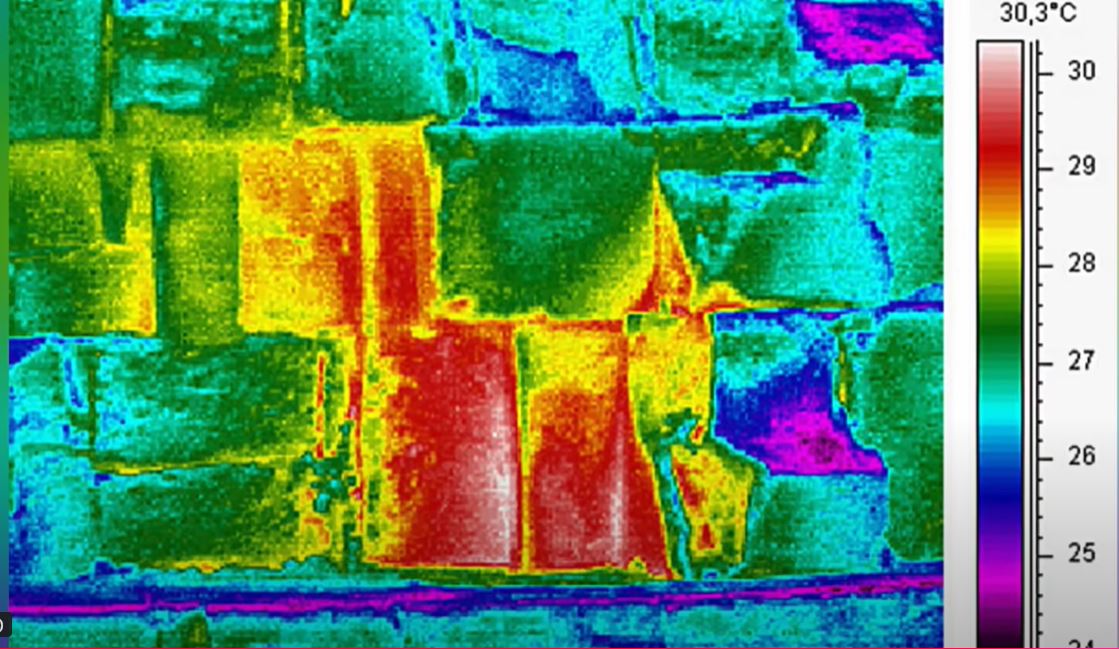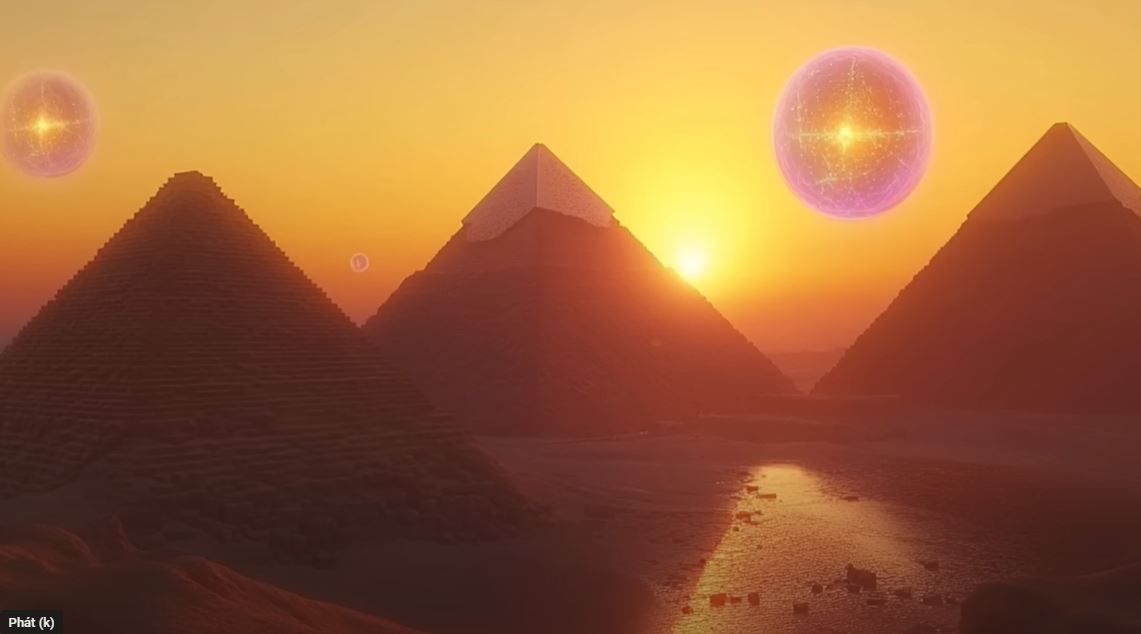**Headline: Cosmic Wonders: A Mysterious Plasma Bubble Detected Over the Great Pyramids of Giza**

In an astonishing revelation that has electrified both scientists and mystery enthusiasts alike, a colossal plasma bubble has been detected hovering over the Great Pyramids of Giza, unveiling a new chapter in the saga of one of history’s most enigmatic sites. This groundbreaking discovery, made possible by advanced radar technology from China, has not only raised eyebrows but has also reignited global curiosity about the atmospheric phenomena that might be linked to the ancient marvels of Egypt.
The revelation comes from the Chinese Academy of Sciences, whose low latitude long-range ionospheric radar (LARID) successfully captured the plasma bubble from an astounding distance of nearly 8,000 kilometers away on the island of Hainan, in the South China Sea. This remarkable feat has set the scientific community abuzz, as such atmospheric anomalies typically go unnoticed unless monitored from space or local ground stations. The fact that this bubble was detected in real-time emphasizes the technological advancements that are altering our ability to observe the Earth’s ionosphere and its interactions with ancient landmarks.

Plasma bubbles—massive voids of ionospheric plasma that commonly form after sunset—are not new to the region, but the timing and specific location of this detection are stirring speculation. Just months prior, researchers unveiled hidden voids inside the Great Pyramid and recorded unexplained electromagnetic activity near the Sphinx, creating a mosaic of mysteries that beckons further exploration. Could the pyramids, with their precise geometrical alignments, somehow influence the formation of these ionospheric irregularities? While no definitive answers have emerged, the convergence of these phenomena at such a storied site is undeniably intriguing.
As scientists delve deeper into understanding the implications of this plasma bubble, they acknowledge its significance extends beyond mere curiosity. Plasma bubbles can disrupt GPS navigation and communication systems, and forecasting their behavior could mitigate potential technological disruptions. The ability to monitor these events globally may lead to the establishment of a network of radar stations capable of real-time atmospheric observation—bringing about a new era in space weather forecasting akin to meteorological predictions.

Yet, the allure of this discovery lies not only in its scientific ramifications but also in the rich tapestry of history it intersects. The Great Pyramids of Giza have long captivated the imagination, standing as testaments to human ingenuity and ambition. As researchers employ cutting-edge technologies like infrared thermography and cosmic ray muon radiography to probe the pyramids’ hidden depths, the potential for uncovering unknown chambers or architectural secrets tantalizes historians and enthusiasts alike.
The recent thermal anomalies detected within the Great Pyramid, particularly on its eastern side, suggest the possibility of undiscovered features that could hold spiritual or ritual significance, intertwining ancient beliefs with modern scientific inquiry. As scientists like Mehdi Taubi emphasize caution in drawing conclusions, the excitement surrounding these findings only amplifies the mystery.

In a world increasingly driven by data and empirical evidence, the juxtaposition of ancient wonders and contemporary scientific discovery creates a compelling narrative. The plasma bubble detected over Giza serves as a reminder that even in our age of technological advancement, some mysteries remain tantalizingly elusive, inviting us to explore the unknown.
As we look to the skies above the pyramids, now transformed into a stage for cosmic phenomena, one question lingers: what other secrets might lie in wait, hidden among the sands of time and the stars above? The Great Pyramids of Giza are not just archaeological wonders; they are portals to a universe of questions yet to be answered. In this age of discovery, the spirit of inquiry remains alive and vibrant, fueled by the mysteries that beckon us to delve deeper into the realms of history, science, and the cosmos.




